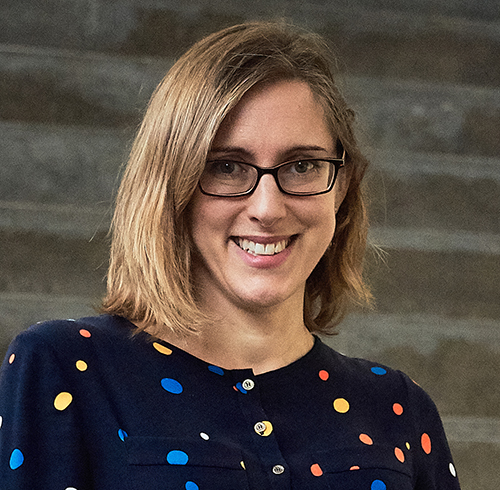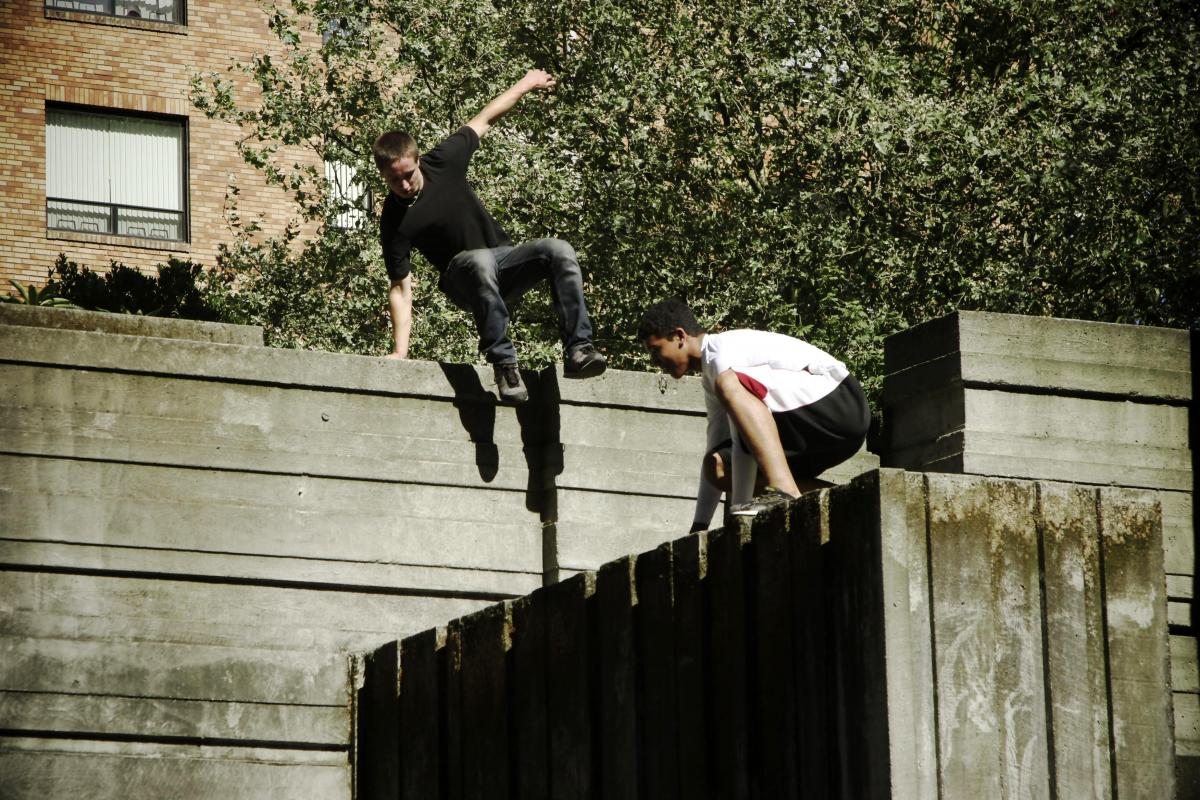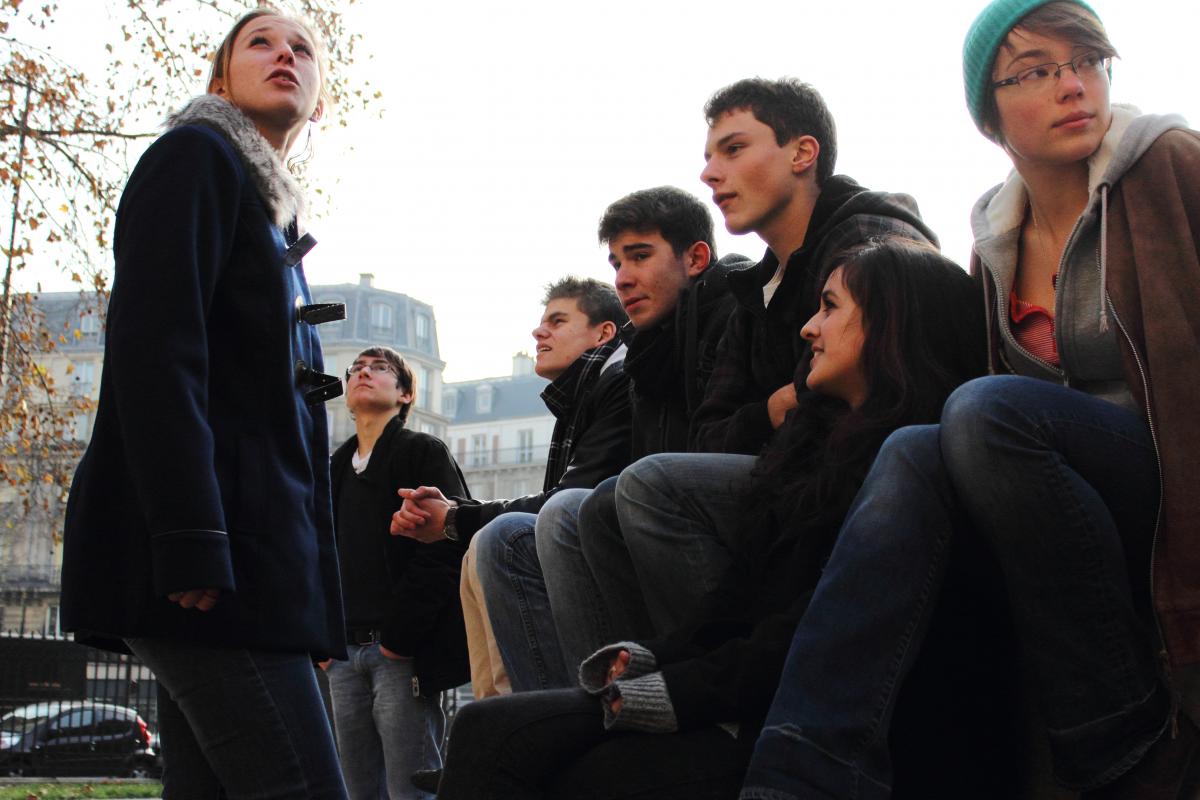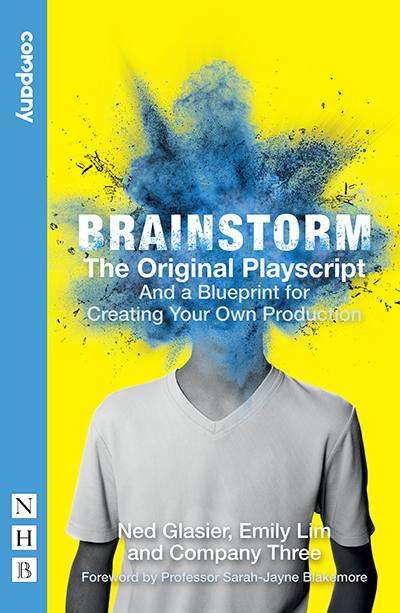Understanding the teenage brain Inspire article
Teenagers are in transition from childhood to adulthood, so why does their behaviour differ from both these phases? Neuropsychologist Sarah-Jayne Blakemore is looking for answers to this perennial question.

Professor Sarah-Jayne Blakemore
Ricardo Lopes
Everyone who deals with teenagers knows how full of contradictions they can be. On the one hand, they can seem rather grown up: often adult-sized and facing key moments and decisions in their life, with rapidly expanding opportunities and responsibilities. On the other hand, they often seem to behave with startling immaturity, perhaps prompting the comment that they are ‘old enough to know better’. But how well equipped are teenagers in fact to cope with their lives? And what biological changes influence the behaviours and thought patterns that we associate with the teenage years?
One person who knows more than most about this is Sarah-Jayne Blakemore, professor of cognitive neuroscience at University College London, UK. Blakemore began her research career studying schizophrenia, for both her PhD and postdoctoral studies. She soon noticed that, almost without exception, the schizophrenic patients she was interviewing reported their symptoms starting between the ages of 18 and 25, and she began wondering what was special about this time of life in terms of brain development. In particular, if the brain is capable of producing the powerful delusions and auditory hallucinations seen in schizophrenia, what is it about normal adolescent brain development that is able to avoid such problems?
In those days, remarkably little was known about how the brain develops in the teenage years: the textbook dogma was that brain development ends more or less around mid-childhood. So Blakemore discussed her interest in studying this unexplored area of developmental studies with her mentor, the renowned autism researcher Uta Frith, who was unequivocal in her support.
The maturing brain
Today, the adolescent brain is a major area of research, and – thanks to Blakemore and her colleagues – we are beginning to understand much more about typical teenage behaviour and its origins. For example, risk-taking is often seen as a hallmark of teenage behaviour. Schools and wider society often regard this behaviour as due to hormonal changes associated with puberty – but in reality, the fact that some areas of the brain mature sooner than others is a key factor. Blakemore explains: “Two different systems in the brain develop at different rates. The limbic system – which includes the regions of the brain that give you a kick out of taking a risk – is developing more quickly than the prefrontal cortex, which inhibits risk-taking, so there’s a mismatch in their developmental trajectories.” In other words, because the part of the brain that makes people enjoy risk-taking develops before the part that inhibits risk-taking, the tendency to take risks increases in the years before full maturity – that is, in adolescence and even early adulthood.

Beth Jusino/Flickr, CC BY-NC 2.0
Planning is another ability based in the prefrontal cortex, so many of the frustrations of teenagers’ parents and teachers – from missed homework to a failure to realise the consequences of not studying effectively – should perhaps not be so surprising. “We know that the prefrontal cortex is undergoing development, so our expectations of teenagers – to plan their homework, to plan their GCSE [school exam] project – might be too much”, says Blakemore.
Because the brain is developing throughout the teenage years, this means there may be specific periods within this phase when some types of learning may be easier or harder than at other times. Blakemore’s research has found that such variation does indeed exist: there is a dip in performance on certain abstract non-verbal tasks in early adolescence (age 11–14). This is mirrored by – and perhaps helps explain – a known dip in educational performance around this age, with some students in this age group performing worse at school than in the previous year.
Social cognition
Currently, Blakemore is interested in researching social cognition: how teenagers’ thinking is affected by social influences. Here, two aspects of typical teenage behaviour – risk-taking and susceptibility to peer influence – interact, so that teenagers are most likely to take risks when they are with their peers. For example, adolescent car drivers have more accidents than older people overall, but they are most likely to have those accidents when one or more other adolescents are in the car with them. Blakemore believes there may be an evolutionary benefit associated with such apparently disadvantageous behaviour. “There’s probably a good reason why adolescents care so much about being included by their social group and take more risks when they’re with their friends”, she says. “It makes sense when you think about the need to become independent from one’s parents, to go and explore the environment and to affiliate with your social group. It’s probably an important and adaptive process we all need to go through.”

Léo Parpais/Flickr, CC BY-NC-ND 2.0
Becoming themselves
One idea is central to Blakemore’s research: that the teenage years are not just a bumpy transition from childhood to adulthood. Rather, they have an important function of their own: teenagers are becoming who they are as individuals, the people they will be in adult life. Her recent book, Inventing Ourselves: The Secret Life of the Teenage Brain (Blakemore, 2018) contains a chapter entitled ‘Adolescence isn’t an aberration’, in which Blakemore emphasises how adolescent behaviours can be observed across different societies and periods of history, and even in other mammalian species. This evidence indicates that this phase of life is a distinct period of biological development, not simply a behavioural aberration.
Through this understanding, Blakemore believes we need to cut teenagers some slack. “Something I’ve noticed since working with teenagers is that they are the butt of jokes, and demonised in newspapers”, she says. “If I tweet anything about the teenage brain, invariably I’ll get a reply saying something like, ‘Oh, so teenagers actually have brains?’” She thinks this societal attitude to teenagers is quite mistaken: what other section of society would it be acceptable to vilify in this way?
As an advocate of a better understanding of teenagers, as well as a neuroscientist, Blakemore was invited in 2013 to become involved in a youth theatre initiative, creating a show where teenagers present their experience of the world. Entitled Brainstormw1, the show was performed at the National Theatre in London. The script is now available to schools, allowing them to develop and perform their own version of this moving and authentic drama. What comes across very powerfully in the drama is the idea that teenage ways of thinking and feeling have their own validity and are purposeful. “We heard about head teachers who saw the play and returned to their schools determined to do things differently”, says Blakemore.
| The play Brainstorm depicts the complex relationship between young people and their parents. Created by youth theatre group Company Three with input from Sarah-Jayne Blakemore, the show draws on the life experiences of the teenage cast.
In this excerpt, the teenagers address their parents. You say to me You say I say I say 
This extract from Brainstorm by Ned Glasier, Emily Lim and Company Three, with a foreword by Professor Sarah-Jayne Blakemore, is reproduced by permission of Nick Hern Books. |
References
- Blakemore S (2018) Inventing Ourselves: The Secret Life of the Teenage Brain. London, UK: Transworld Publishers. ISBN: 0857523708
Web References
- w1 – Watch an excerpt from Brainstorm and find out how to access the script to perform your own version of the show on the Company Three website.
Resources
- Hear Sarah-Jayne Blakemore talk about her life in science in this BBC Radio 4 broadcast.
- Watch this short video of Sarah-Jayne Blakemore explaining her research.
- Read Sarah-Jayne Blakemore on the teenager’s sense of social self.
